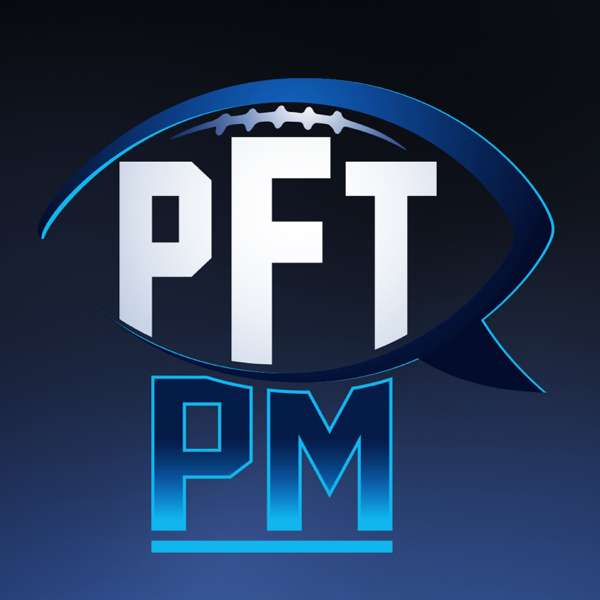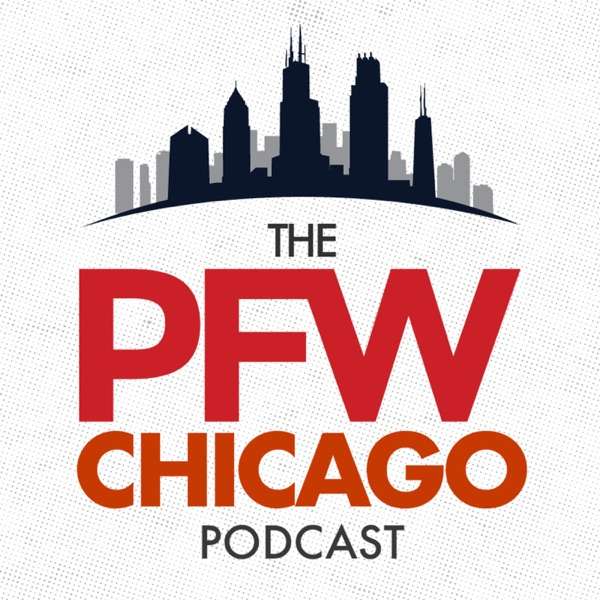For the 2nd episode of our Sports Medicine Series on the EBDP, prolific orthopedic surgeon, professor, and researcher and Minnesota Twins Medical Director, Team Physician, and Director of High Performance Dr. Christopher Camp explains:
- his research into sports injuries, specifically in the throwing arm
- what the most common injuries are for baseball players
- why shoulder injuries are on the decline in baseball but elbow injuries are increasing reciprocally
- why more attention needs to be paid to the adjacent joints of injury sites
- the alarming fact that injury rates in youth players are increasing at a faster rate than those of professional athletes
- selling athletes on injury-prevention programs
- differentiating between UCL repair and reconstruction
- rethinking the methods of Tommy John surgery
- understanding the demands of UCL in the throwing motion
- how active restraints aid in the acceptance of force across the elbow joint
- ulnar transposition: when should medical professionals do it?
- the normal adaptations of the throwing shoulder and why no throwing arm will look healthy on an MRI
- Dr. Camp's algorithm for deciding to perform shoulder surgery
- concerns and considerations for Bennett Lesions
- Bicep-Labral Complex injuries and how sports medicine professionals can better manage the complexity of these injuries in throwing populations
- thoracic outlet syndrome and how our understanding of this injury has evolved in recent years
- what the most valuable measures for assessing the shoulder are
- why we should care about total motion at the shoulder as opposed to internal rotation deficit
- looking beyond the motion of the shoulder and into the the trunk and lower extremities for answers regarding arm injuries
-what exactly he hopes to research into the future including: optimizing Tommy John surgical practices and individualizing rehabilitation programs

 Our TOPPODCAST Picks
Our TOPPODCAST Picks  Stay Connected
Stay Connected






